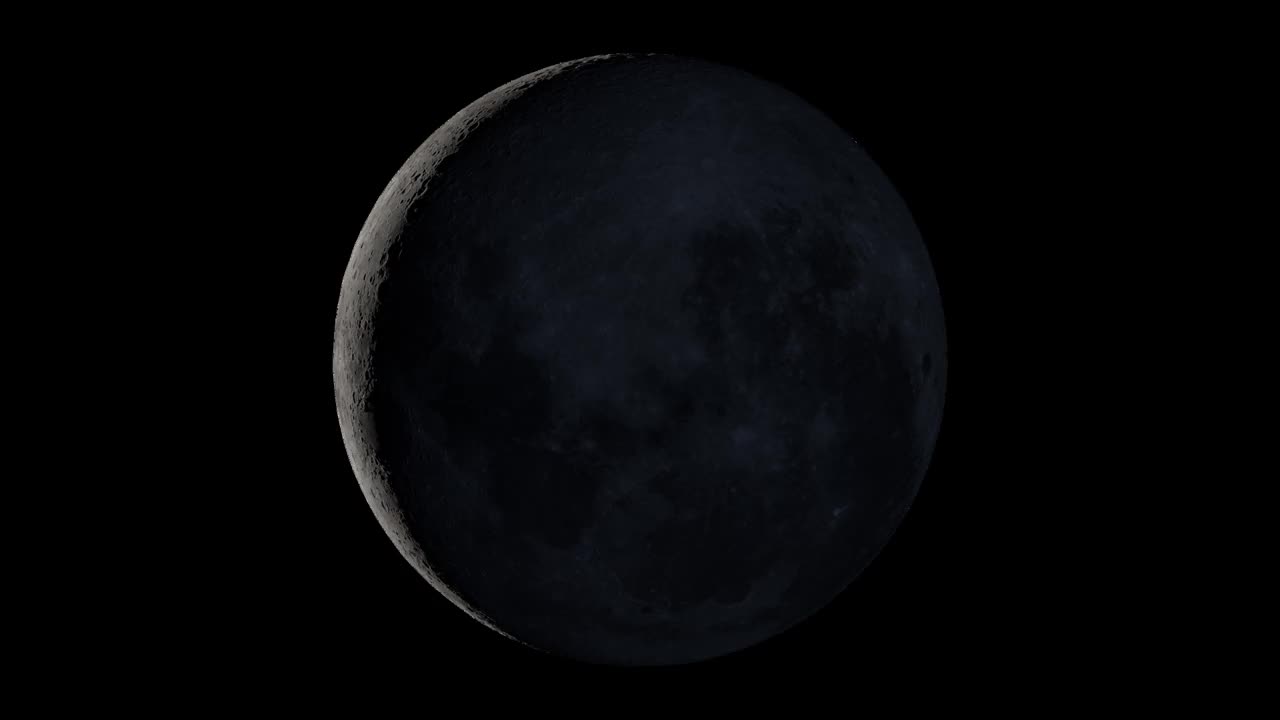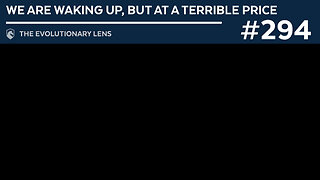Premium Only Content

The phase and libration of the Moon for 2022, at hourly intervals | UHD
New Moon (0-1 hour): The Moon is not visible from Earth as it is positioned between the Earth and the Sun. The side of the Moon facing Earth is not illuminated.
Waxing Crescent (1-6 hours): A small sliver of the Moon becomes visible shortly after sunset. The illuminated portion is on the right side for observers in the Northern Hemisphere and on the left side for observers in the Southern Hemisphere.
First Quarter (6-12 hours): The Moon appears as a half-circle, with the right half illuminated. It reaches its highest point in the sky around sunset and sets around midnight.
Waxing Gibbous (12-18 hours): The illuminated portion continues to grow, with more than half of the Moon visible. It appears as a convex shape with the right side more illuminated in the Northern Hemisphere and the left side more illuminated in the Southern Hemisphere.
Full Moon (18-24 hours): The Moon appears as a complete circle, fully illuminated. It rises around sunset, reaches its highest point at midnight, and sets around sunrise.
After the full moon phase, the Moon goes through waning phases, where the illuminated portion gradually decreases. The same pattern repeats in reverse order:
Waning Gibbous: More than half of the Moon is still visible, but the left side is more illuminated in the Northern Hemisphere and the right side in the Southern Hemisphere.
Last Quarter: The Moon appears as a half-circle, with the left side illuminated.
Waning Crescent: A small sliver of the Moon becomes visible before sunrise, with the left side illuminated in the Northern Hemisphere and the right side illuminated in the Southern Hemisphere.
New Moon: The Moon is not visible as it begins a new lunar cycle.
Please note that these descriptions provide a general overview, and the actual appearance of the Moon may vary slightly depending on your location and atmospheric conditions.
-
 LIVE
LIVE
LFA TV
12 hours agoBREAKING: CHARLIE KIRK ASSASSINATED - WEDNESDAY 9/10/25
3,326 watching -
 1:14:30
1:14:30
Redacted News
3 hours agoBREAKING! CHARLIE KIRK SHOT BY ASSASSIN IN UTAH, TRUMP CALLS FOR NATIONAL PRAYERS
197K321 -
 3:50:27
3:50:27
Right Side Broadcasting Network
8 hours agoLIVE REPLAY: Latest News from the Trump White House - 9/10/25
287K84 -
 1:12:05
1:12:05
vivafrei
6 hours agoLegacy Media is the Enemy of the People! Israel Stikes Qatar, U.S., Gets Mad! AOC So Stupid & MORE!
134K72 -
 52:13
52:13
The Quartering
5 hours agoRace War Nears, Russia Makes Huge Mistake, Fauci Bombshell & More
157K79 -
 LIVE
LIVE
Dr Disrespect
7 hours ago🔴LIVE - DR DISRESPECT - THE FINALS - NEW SEASON 8 LAUNCH EVENT W/ THE SHOTTY BOYS
1,039 watching -
 1:44:11
1:44:11
Darkhorse Podcast
5 hours agoWe are waking up, but at a terrible price: The 294th Evolutionary Lens with Bret Weinstein and Heather Heying
141K13 -
 11:49
11:49
Dr. Nick Zyrowski
9 days ago12 Unusual NAC ( N-Acetyl Cysteine) Questions Nobody Ever Answers
153K12 -
 1:03:45
1:03:45
Russell Brand
6 hours agoWW3 IMMINENT! Israel & Russia Strikes Leave World “ON THE BRINK” - SF631
250K72 -
 56:18
56:18
Tucker Carlson
5 hours agoSam Altman on God, Elon Musk and the Mysterious Death of His Former Employee
136K133